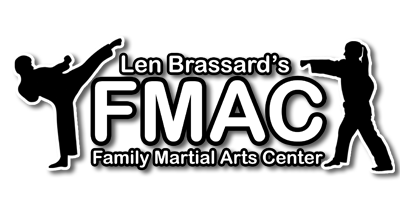As adults in today’s world, we have all undoubtedly experienced those days when our wrists, elbows, and fingers just seem to be “older” than the rest of our bodies. Achy, stiff, and harder to move. The culprit? Quite possibly technology. As a kid, we called it “writer’s cramp,” an affliction caused by too much time spent holding and using a pencil, crayon, etc. Today, our electronic devices contribute to onsets of carpal tunnel, strained ligaments, and tendonitis. One way to avoid and lessen the pain is to take some ibuprofen, wear support wraps, take breaks away from the screens and stretch, exercise, and practice motor skills like finger flexing, wrist rotations, shoulder stretches, etc. Unfortunately, a child today is exposed to the same environment with gadgets aimed at them like; youth marketed cell phones, computer screens, and video games that keep them so engrossed in overexerting their underdeveloped basic motor skills.
From the earliest age, your child can benefit from simple repetitive but fun activities like playing with building blocks, finger and brush painting, tossing, and catching articles of different tactile. Helping with household chores can develop gross and fine motor skills like; dusting furniture, washing, and drying simple dishes. By turning these daily activities into fun, proactive games, your child will be starting to broaden hand-eye coordination, stamina, and agility. Tying their shoes, as a prime example, keeps their mind focused on that one task and when achieved, the pride you instill in them for a job well done will encourage them to take on more advanced lessons. Jumping, dancing, gymnastic tumbling are also fabulous ways to have your child grow their motor skills and do not require any special equipment or environment until you decide to move forward with professional lessons. When that is the case, try a series of trial classes at FMAC, where toddlers and tykes can start training with what you have built your child with…. the basics.
By keeping the development of motor and gross skills fresh, unique, and varied, your child will benefit from overworking into a mundane state of boredom. In addition, you can aid them by considering as many other social activities which encapsulate these skills as well, the caveat that your child shows an interest in the skill of course:
- After-school intramural sports offer peer-filled, non-competitive alternatives for all genres.
- Musical instrument involvement.
- Competitive gymnastics, dance, and ballet training…. yes….not just for “girls” anymore.
- Little leagues, YMCA league sports, swimming, or water aerobics.
- Artisan geared classes like pottery, painting, gardening, crafting.
- Domestic endeavors favor the lines of knitting, needlework, beading, light carpentry model building, robotics, and engineering.
Cross-over activities will assist your child in focus, balance, and success with self-composure, positive awareness, and mental and physical stamina while at karate classes and vice versa. They will take what they have accomplished from martial arts training and automatically apply it to their home, school, social, and other interactive activities. All in all, a well-rounded, completely balanced development period. For all ages from pre-school to retirement golden year “youthful adults”, motor skills and fine-tuning them in the developmental stages of growth is just another reason to get in on the ground floor and experience the rebirth of a whole new style of Martial Arts training. One that gets back to grassroots with fine-tuning before overexerting. FMAC and you…the bridge builders between our youth and community where the body meets soul.
